Xuhui Runway Park Receives China’s First SITES Gold Certification
This is the first project in mainland China to ever receive a SITES certification and the first project in all of China to receive a SITES Gold-level certification
 Sasaki
Sasaki
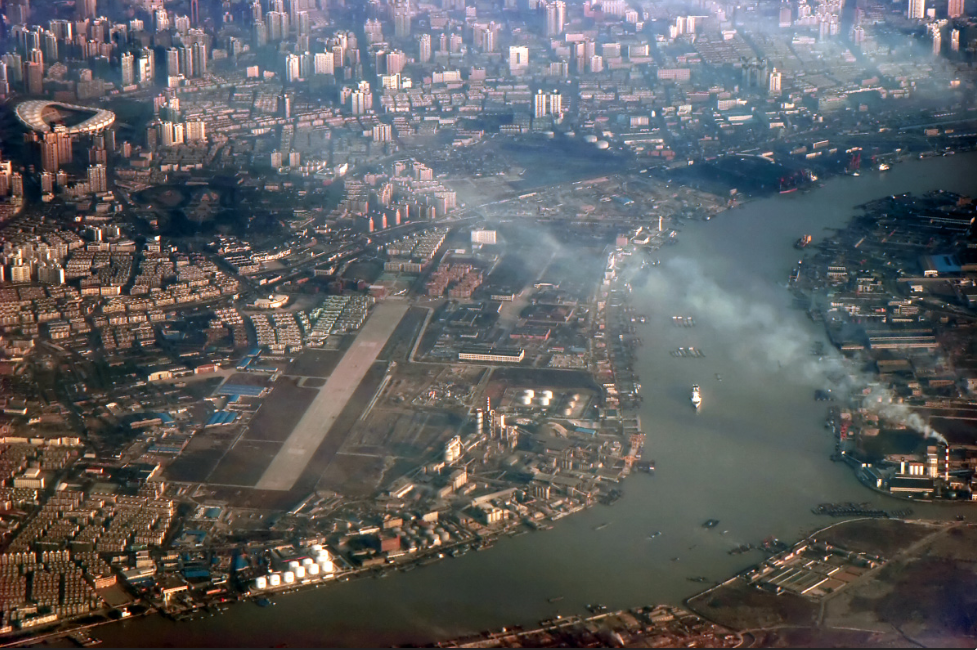
Beginning in the late 19th and extending into the mid-20th century, many American cities found themselves embroiled on either side of a hot-button issue that had immense impact on American life: Urban Renewal strategies employed by cities all over the country endeavored to make cities more livable, yet the rebuttal was sharp: “More livable for whom?”
In China, similar urban regeneration experiments have played out in rapid time as China’s development took off during the last few decades—with similar regrets and lessons learned following in kind. The greatest difference, however, is that urban renewal in China has been interwoven with its unprecedentedly swift urbanization over the past forty years. With these two complex development patterns happening simultaneously, there have been few moments along the way to hit pause and reflect on change until fairly recently.
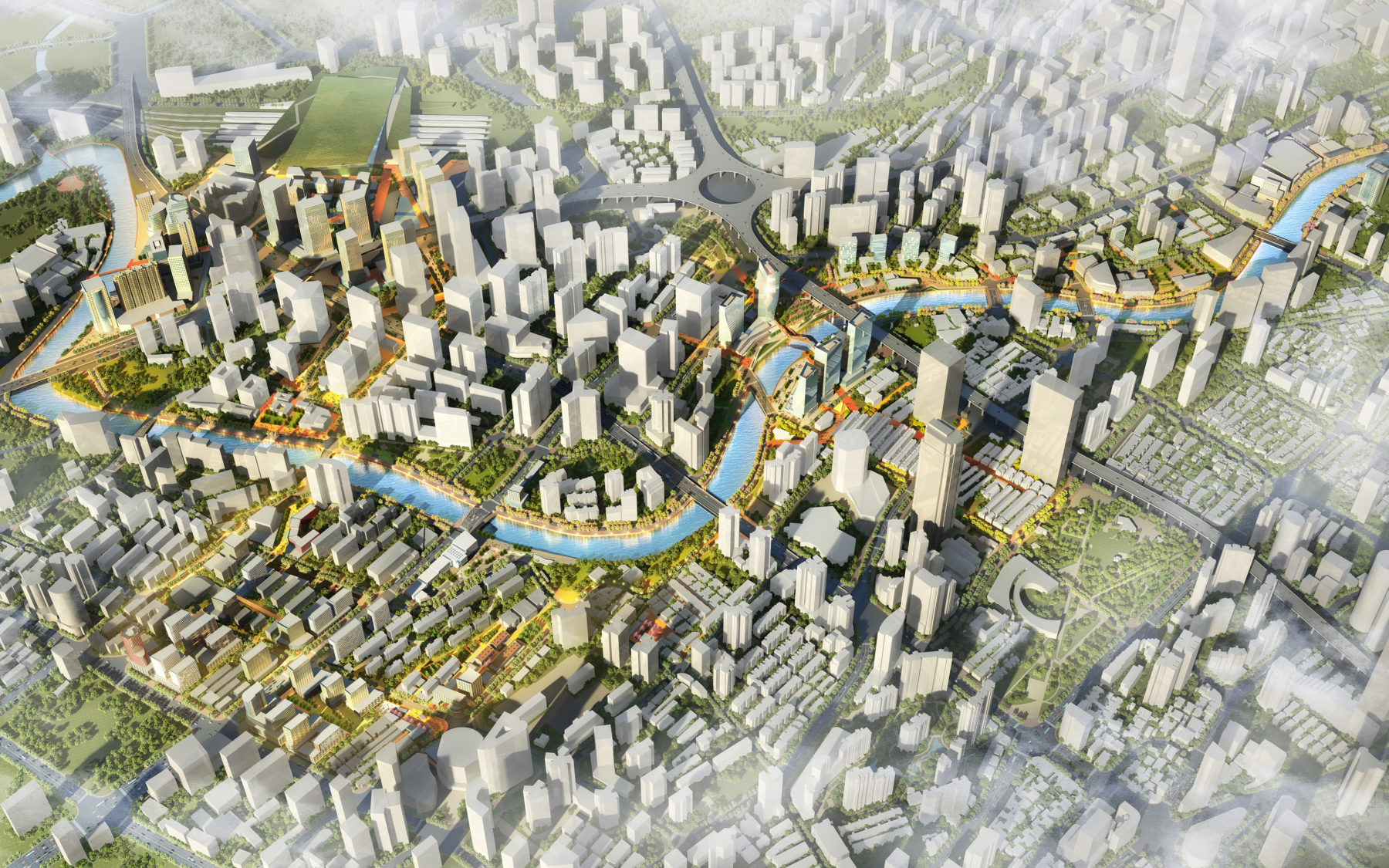
Project pictured: Suzhou Creek, Shanghai
In both China and the United States, once communities and city leaders reflected on the impacts of their urban renewal projects, the picture was not always rosy. On both sides of the globe, city-led and developer-fueled overhauls of urban districts received vocal criticism from impacted communities. They frequently disrupted communities with strong ties to the existing urban fabric—with immigrant, the poor, minorities, and other disadvantaged communities bearing the brunt of sacrifice and upheaval. Entire histories were razed to make way for other populations ready to write new stories in their place. Much was lost in social, cultural, historical, ecological terms in the zealous march toward modernity.
The United States is still recovering from that troubled development history, sometimes decades later. American city leaders are just now learning to find the balance between forward evolution and preservation of place to benefit the people who originated the sense of place. The lessons are hard-learned, change in processes has been slow, and the mistakes are difficult to make right even once they are recognized.
Similarly, in the more recent wake of rapid developmental growth in China, Chinese officials and developers are now slowing down to reflect on the extensive, quick development—questioning some of their earlier tabula rasa approaches that cast aside tradition entirely. In so doing, they have learned from some of their bigger, early mistakes, like building out large new cities in a sparsely-populated regions, which resulted in the maligned “ghost cities” that have become emblematic of rushed, untethered growth. Thankfully, before it is entirely too late, those at the helm of Chinese urban revival projects are advocating a more careful development approach that guards history and respects urban design, ecology, and existing context—which is evidenced clearly in recent efforts undertaken in major growth cities like Shanghai and Shenzhen.

As a crucial transit route and productive industrial waterway, Huangpu River helped power the city’s development through the 20th century, as Shanghai’s iconic skyline rose quickly around it
In major Chinese metropolises, public space is revered as an important driver of development, and the public has modestly more input into the direction of development. Gated communities are no longer seen as an ideal, with city leaders recognizing the social tradeoffs of cordoning whole communities off from the rest of the city. Public space is seen less as a “nice-to-have” amenity and instead as a vital tool for addressing cultural, social and environmental issues. This evolution is most evident in the way cities think about waterfronts.
As London, New York, Chicago and other global cities have all done in the last century, Shanghai has invested heavily in recent years to restore their prime waterfront district along Suzhou Creek to better serve socially-oriented, public uses. With a grant to help clean the waterway and the merger of the two city districts, Sasaki’s vision for Suzhou Creek unearthed new opportunities to unleash the full potential of a formerly underused waterfront in downtown Shanghai. The vision reclaims Suzhou Creek for public access, redefining how people perceive the old city.
The Sasaki plan serves as a catalyst equally for development, as well as for a revival of a once desolate waterfront to address vast physical and social gaps in the city’s fabric. While retaining the existing character, a series of new mixed-use destinations within these neighborhoods are transformed with carefully retrofitted architecture interventions and an intricate pathway system that links to a broader waterfront pedestrian network. The result of this investment is a waterfront that serves multiple Shanghai communities and recaptures value along Suzhou Creek.
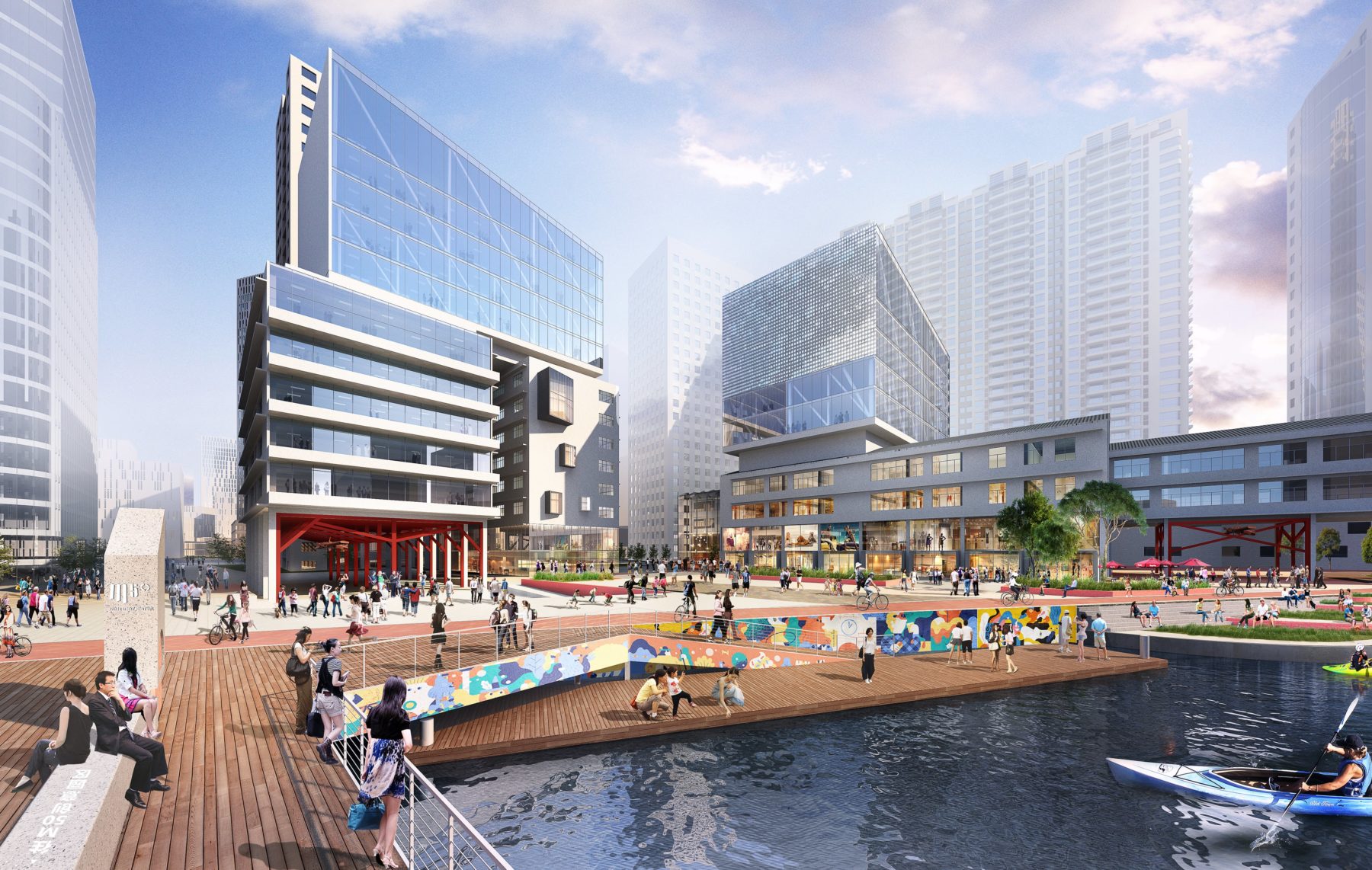
Along with waterfront revitalization, another positive trend in Chinese urban revival is the recasting of parcels serving highly specific and outdated land uses to better serve contemporary needs. With rapid development comes the inevitability of quickly obsolete places and the opportunity to recast those spaces for more strategic uses—a key lesson Chinese cities like Shanghai have learned well.
Along another body of water in Shanghai, the Xuhui Riverfront Area has also gone through a major revival over the last 10 years. The historic Longhua Airport runway has been reconceived for an entirely different use now that airplanes no longer lift off from this stretch of valuable land. Master planned as a new civic road and a linear park, it now serves the burgeoning high density office and commercial developments adjacent to it.
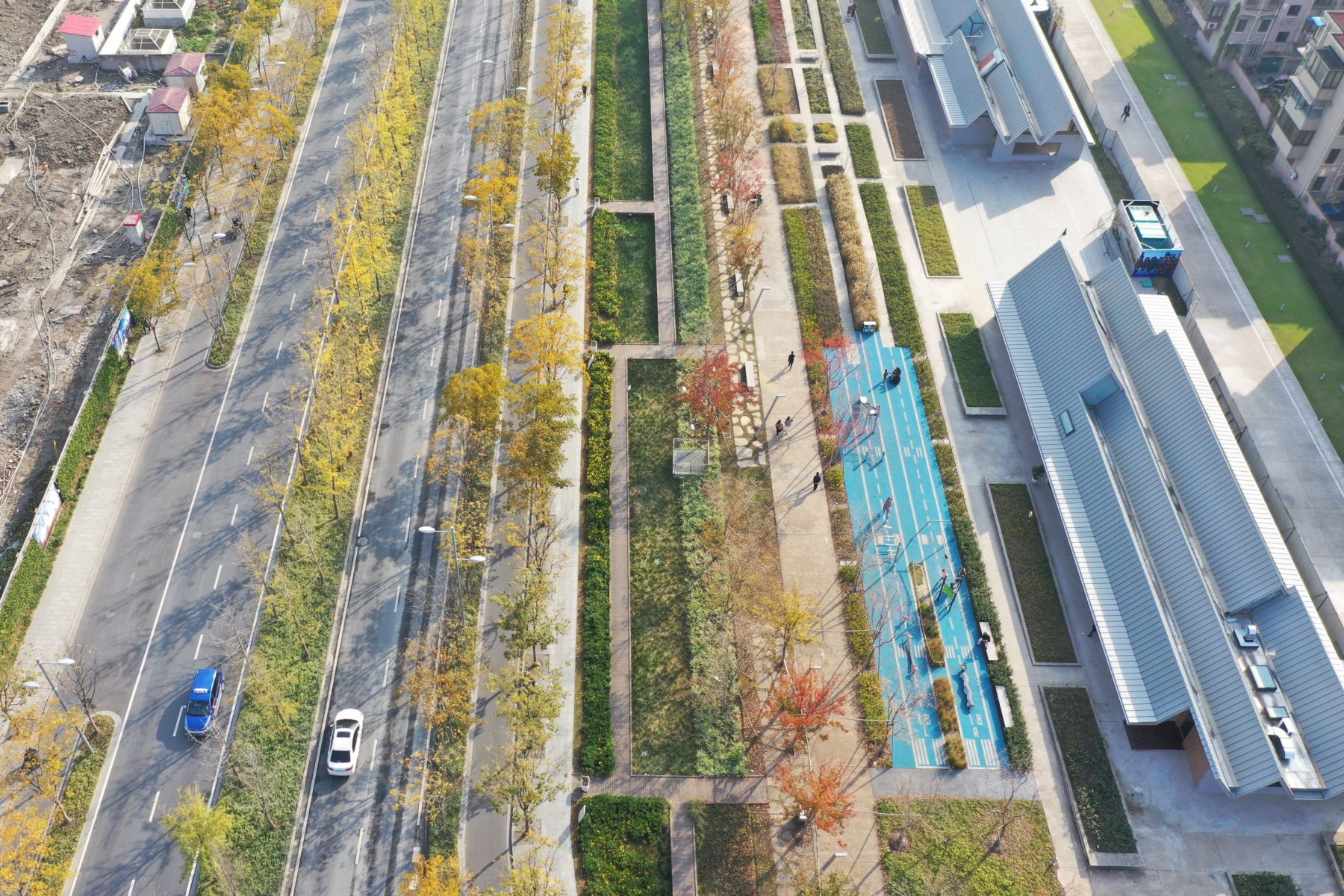
Sasaki’s design for Xuhui Runway Park transforms the former runway into diverse linear spaces that organize the street and the park into a holistic system, providing transportation, recreation, and sports activities which better suit the lifestyle of contemporary Shanghainese citizens. The state-of-the-art sustainable design features such as rain gardens, reuse of the existing runway paving, and native planting strategies and was key to elevating the overall quality of this important urban space. The park has become a magnet to attract residents and workers, transforming Xuhui District by offering more vitality and social connection.
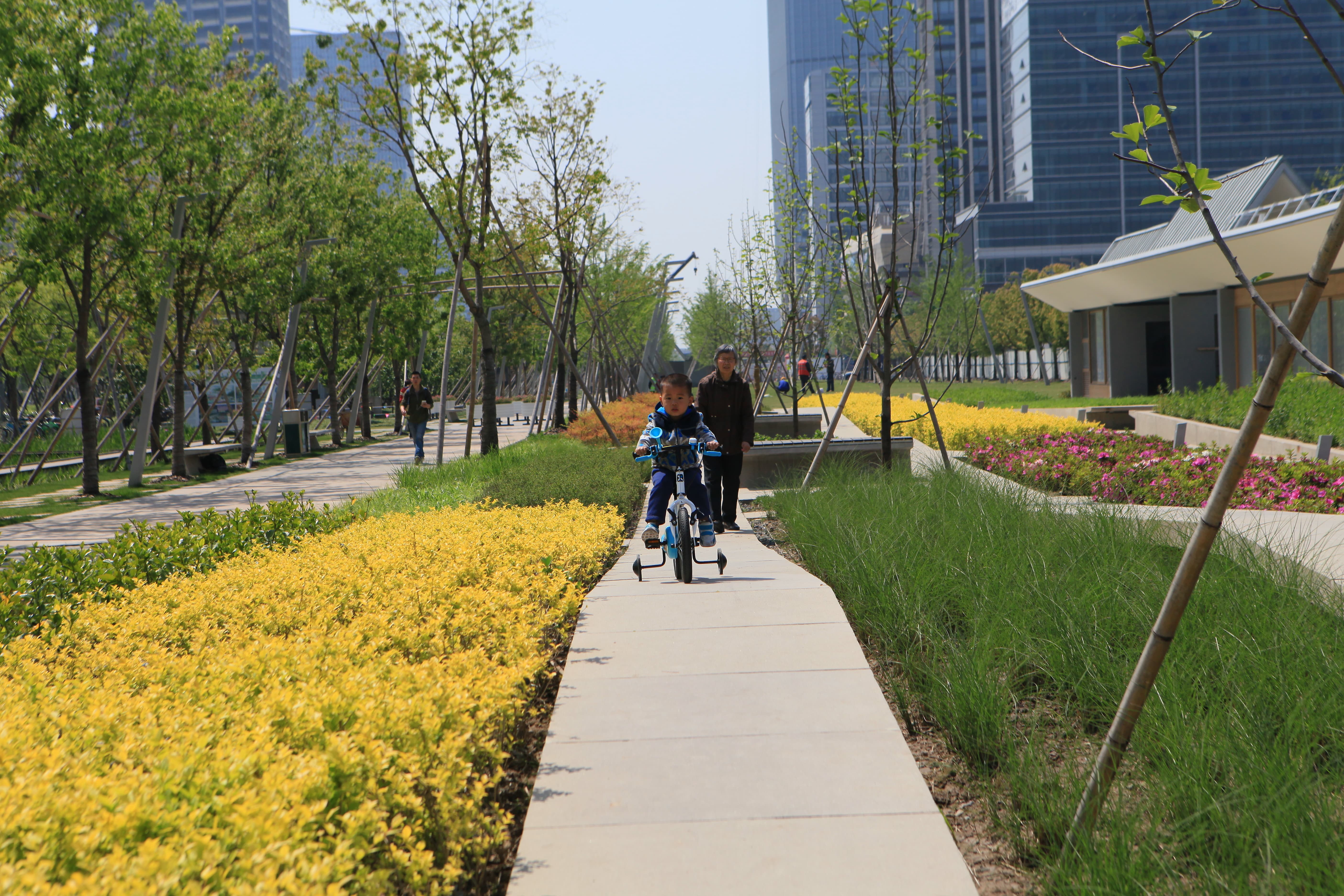
Much of the infrastructure built in support of expansive urban development is now reaching a critical point in its lifecycle, with many systems in need of significant repairs or even complete overhaul. City governments are seizing these opportunities to increase the utility and durability of new infrastructure, in some cases, adapting gray infrastructure to become green infrastructure instead.
Shenzhen’s Luohu District, the first urbanized area linking mainland China to Hong Kong in the early age of China’s reform and opening-up policies, is embarking on a comprehensive urban renovation strategy to meet the current demands of one of China’s most rapidly growing cities. Sasaki’s plan for the district provided a holistic approach to the infrastructure framework based on projections of new industries investing in the district as well as a significant state-sponsored upgrade of its public transportation and rail system. A linear green park built upon a decommissioned railway corridor was proposed to enhance the image of the district’s new center, freeing up existing industrial land for public green space and new mixed-use development. A new pedestrian-centric system of streets was crafted from the existing traffic oriented roadways, inserting more street life to add vibrancy and improving the interaction of this important component of the public realm with adjacent buildings. In essence, the plan capitalizes the aging infrastructure as a catalyst not only for more high-quality open space, but also a more resilient and livable green infrastructure.
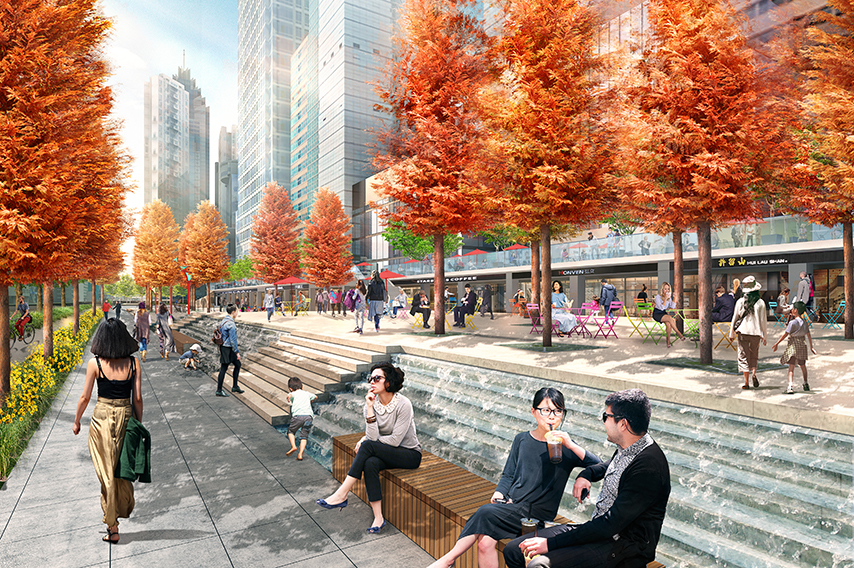
Opportunities for greenfield development in China have become increasingly sparse due in part to negative impact of urban sprawl, as well as recent government initiatives to protect the nation’s agricultural land. To that end, the surgical redevelopment of existing urban sites is now a major driver of new construction in major cities across China. If done right, the resultant product will be an urban fabric that feels rational and authentic. This is a fascinating moment in China’s history as it transitions from a “growth at all costs” stance to considering “growth, but at what cost?”
As China continues to reexamine its urban centers, weaving together the past and the future more thoughtfully, the next great opportunity for urban design and development will be to solicit input from the citizens who populate these cities to create places that best serve people of all social strata. Leaders have now heard the call that contemporary Chinese communities hunger for cultural preservation alongside adaptation, but the reins on city planning and design initiatives are still tightly held by those in power. If Chinese cities can find culturally and politically comfortable strategies to develop public engagement as part of a regular design process, the spaces that shape urban experience will become that much better—accessible, rooted, connected, and well-loved.